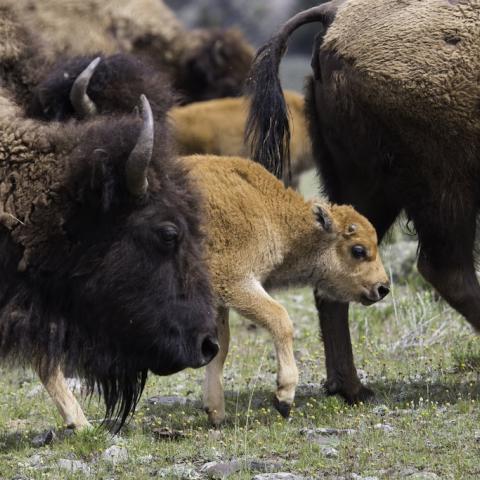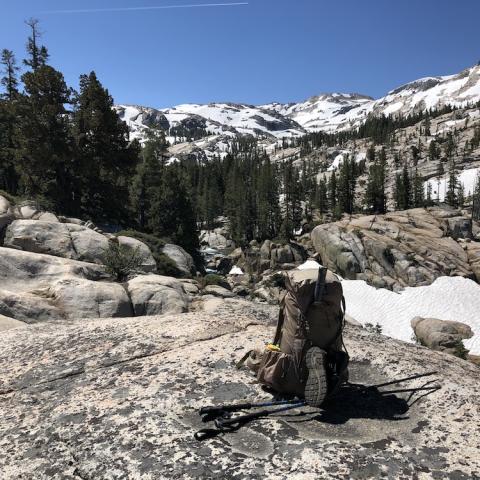National parks are as audible as they are scenic, from the crashing waves on the beaches of Cape Cod National Seashore in Massachusetts to the gunshot-cracking of calving of glacial ice at Glacier Bay National Park in Alaska, national parks don't go silently into the night. And at Yellowstone National Park, the soundscapes are going to be captured for future generations.
Acoustic monitoring in nature can be interpreted as a type of oral history—ecology’s oral history. It is a way to record—in their own words—the voices of living species, as well as the voice of place. It tells us about evolution, ecosystem function, and biotic communities by describing what is present in an environment.
As pressures such as habitat loss, climate change, and anthropogenic noise continue to impact our natural habitats, nature recordings can serve as a catalog of what exists now. These recordings can also provide a new type of data to understand how the ecological world is adapting, or failing to adapt, to these challenges.
Yellowstone National Park is partnering with the Montana State University Library’s Acoustic Atlas—an archive of natural sounds from the West. The park will contribute to the Acoustic Atlas’ growing collection by gathering high-fidelity recordings of the species and soundscapes of Yellowstone.
This project aims to further document the acoustic structure of the area, to capture a sense of time and place, and to help provide insights on biological and geothermal activity in the ecosystem. The program will also focus on engaging people with their acoustic environment through conscious listening and storytelling.
The project will support production of radio stories highlighting the sounds, and the science, taking place in the Yellowstone region. These audio productions intend to connect us to one another, and to the soundscapes around us, while adding perspective and context to conservation challenges in this unique ecosystem. As they say around the Acoustic Atlas, “every ecosystem has its voice.”




 Support Essential Coverage of Essential Places
Support Essential Coverage of Essential Places







Add comment